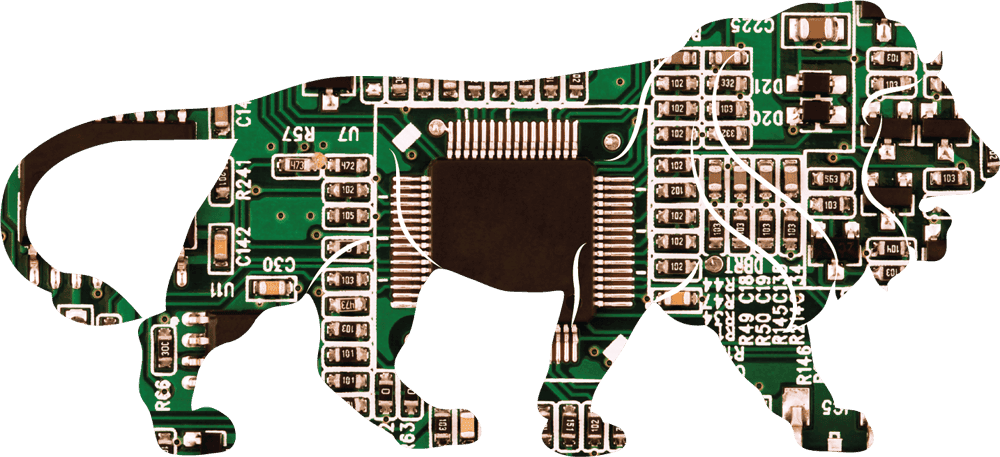What is a wiring harness and wiring harness testing
What is a wiring harness and wiring harness testing
Wire Harness Testing
What is a wiring harness?
Wire harnesses, often referred to as wire harnesses or wire harnesses, are a systematic and integrated arrangement of wires within an insulated material. The purpose of the assembly is to send a signal or electrical energy. Cables are tied with bands, cable ties, cable ties, sleeves, electrical tape, tubes, or a combination thereof. Wire harnesses simplify connections to larger components by consolidating wiring into a single unit for "drop-in" installations.
Cable Wire Assembly
Wire Harness vs. Cable assembly
Wire harnesses are often confused with cable assembly, but the two are very different. The main difference is that cable assemblies usually have only two ends, whereas wire harnesses include multiple breakouts (ends) that run in different directions, with multiple connectors on each breakout. That is what is being done.
Wire assemblies are most commonly used in the transportation industry such as automobiles, buses, trucks and planes. Construction machinery, industrial equipment, electronic equipment, and white goods (home appliances) are also made of wire harnesses.
Advantages of Wire Harness Assembly
Reduced Installation Time: Many vehicles require miles of wiring to function. The wire harness assembly process greatly simplifies the manufacture of these vehicles by incorporating all the required wires and cables into a single fixture. Installation is a simple matter of "plugging in" the harness, rather than wiring each wire individually.
Safety and Security: When wires and cables are connected to a single harness, the individual components are more secure against the negative effects of vibration, wear and moisture. The wires are made up of inflexible bundles, which optimizes space and reduces the risk of electrical short circuits. If the wire is tied to a flame-retardant sheath, it also reduces the risk of electrical fire.
Wire Harness Design and Prototyping
The wire harness process is designed based on the geometric and electrical requirements of the equipment to be installed. Once the initial design is in place, use the schematics to create the harness manufacturing documentation and assembly board. An assembly board, also known as a bulletin board, is a full-scale diagram of a wire harness showing all components and their locations. It also functions as a cooking workbench.
Wire Harness Assembly Trimantec
Wire Harness Manufacturing / Assembly Process
The wires required for a wire harness are first cut to the desired length and marked accordingly. Then strip off the ends of the wires to expose the bare conductors and attach the required terminals or connector housings. The wires and components are then assembled on the pinboard to the desired specifications and tied together.
Why manually assemble the wire harness?
The wire harness assembly process is one of the few manufacturing processes that is performed more manually and efficiently than automation. This is due to various processes related to assembly. These manual processes include:
Manual Cable and Wire Assembly
However, there are certain parts of the prototyping stage that can benefit from automation. These include:
- Cutting and stripping individual wire ends in an automated machine
- Crimping lugs on one or both sides of a cable
- Inserting a lug termination cable into a connector housing
- Cable ends Soldering
Post-Manufacturing Cable Testing The final step in the harness assembly process is to test the electrical functionality of the wire harness.
